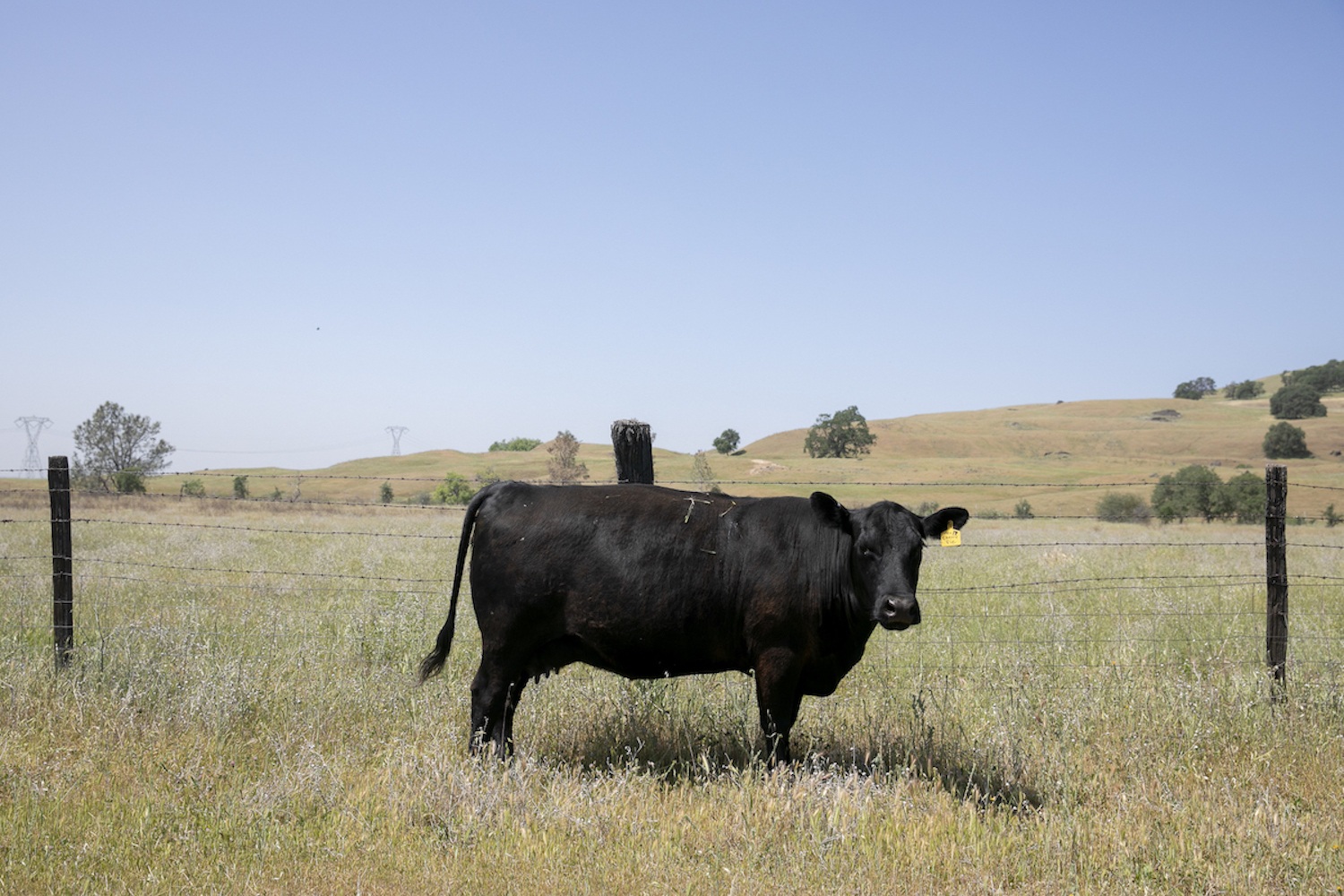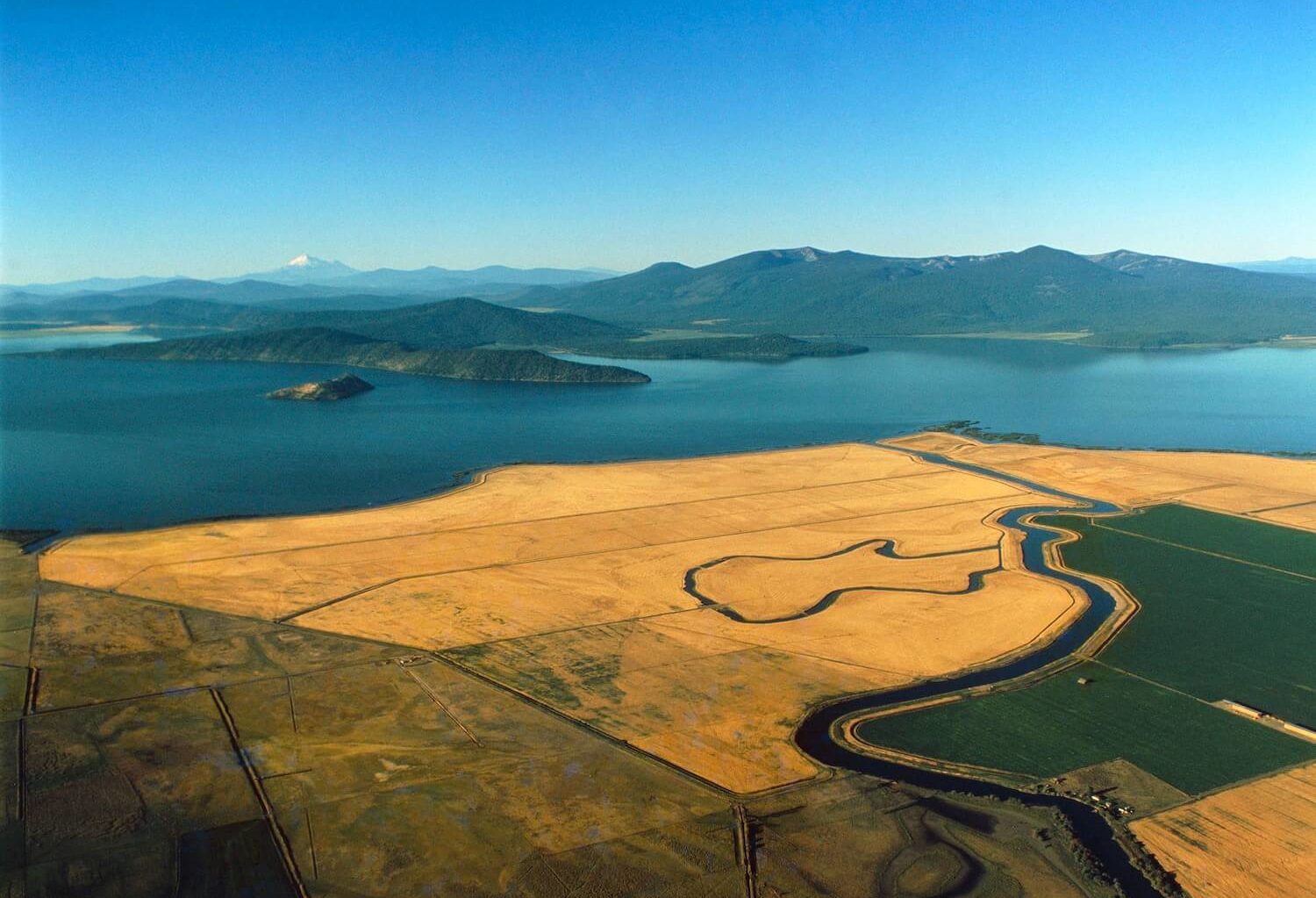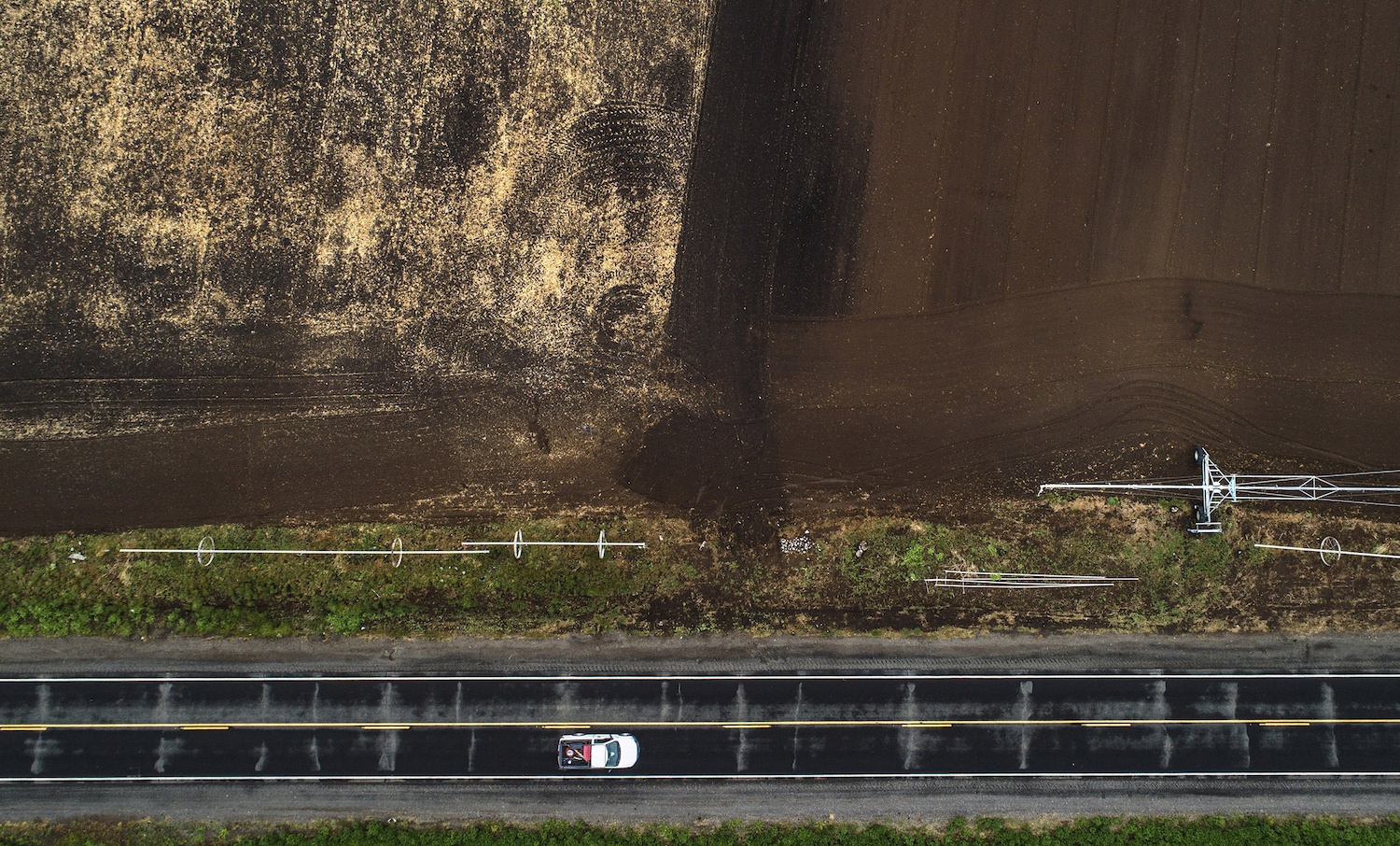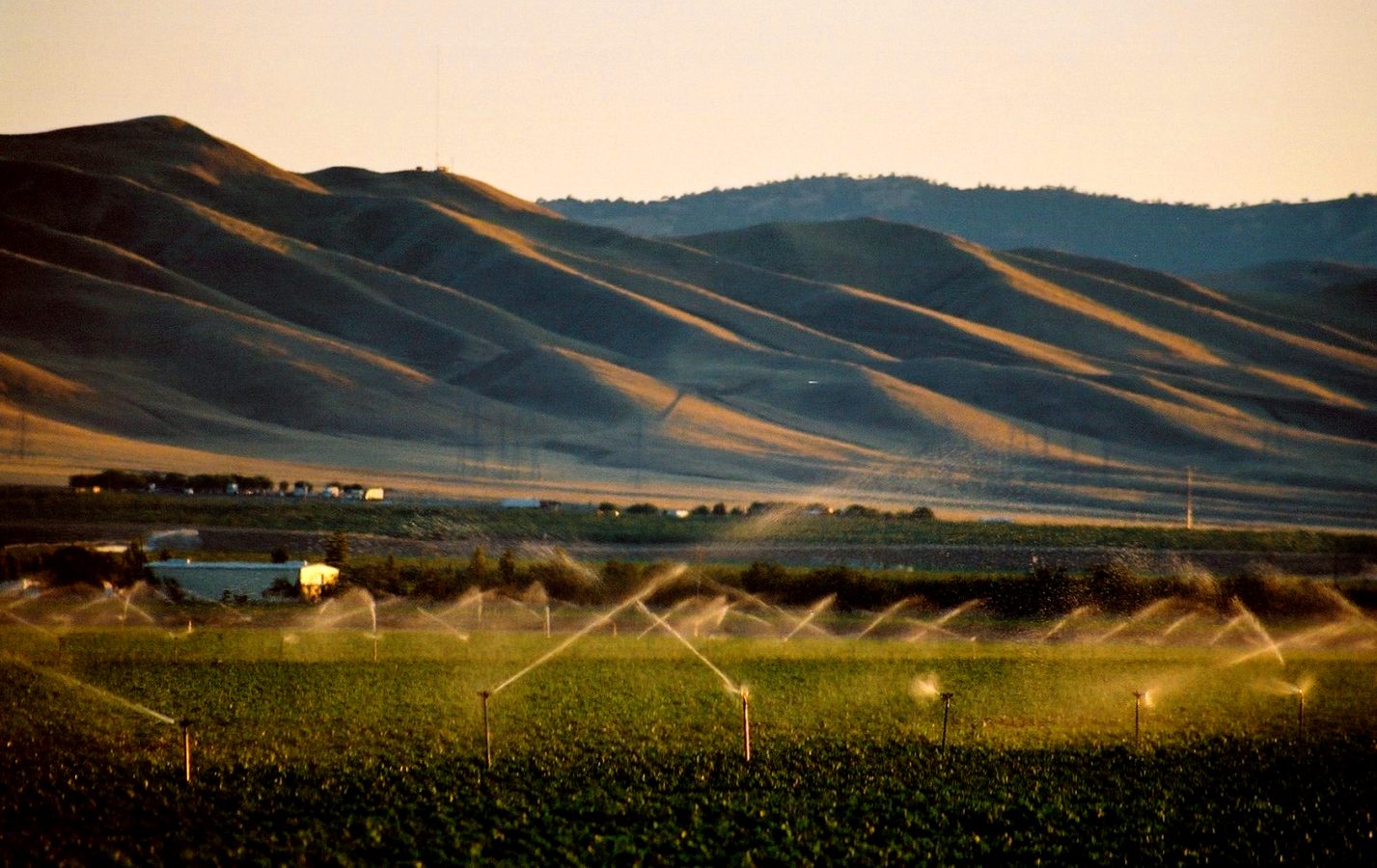
Getty Images
A rural Central Valley community is without running water, prompting authorities to haul bottles and jugs of water to more than 700 people.
This story originally appeared in CalMatters, an independent public interest journalism venture covering California state politics and government.
This is how California’s water crisis is going these days: The only functioning well in the rural community of Teviston broke in early June, leaving more than 700 residents without running water as temperatures in the Central Valley soared to triple-digits in a drought.
“It’s day to day” for the people of Teviston, said Frank Galaviz, a board member of the Teviston Community Services District, in an interview with The Fresno Bee.
Teviston residents are relying on limited bottled water for necessities such as staying hydrated, cooking, bathing and flushing toilets. Some residents, like Galaviz, are traveling to neighboring towns to stay with family or friends to shower and wash clothes.
Galaviz shared news of the well’s breakdown during a virtual conference on drought organized by state Sen. Melissa Hurtado, a Democrat from Sanger. The district found sand in the pump, which led to the breakdown.
Teviston’s first residents were primarily Black migrants from the Cotton Belt and Dust Belt states. Today, the majority of its residents are Latino farmworkers.
In response to the well’s failure, the district is delivering cases of bottled water and five-gallon jugs to its residents. Tanker trucks haul water from Porterville, 23 miles away, to fill Teviston’s two water storage tanks.
“It’s just barely enough, and in some cases, not enough,” said Galaviz. “Some families are larger than others.”
Teviston is an unincorporated community in Tulare County that lies off Highway 99, between Pixley and Earlimart. The community’s first residents were primarily Black migrants from the Cotton Belt and Dust Belt states. Today, the majority of its residents are Latino farmworkers.
It may take weeks to get running water back in Teviston households, said Galaviz, who is waiting on the pieces needed to repair the pump.
But fixing the pump may not fix the problem. Galaviz said he fears the well may have dried up.
Water shortage isn’t new
Residents experienced similar shortages when the community’s only well collapsed in November 2017. Like many rural communities in the Central Valley, Teviston did not have a working back-up well.
Four years later, it still doesn’t.
“In the last drought, we learned that local and state drought responses were not coordinated. Families in distress didn’t know who to call, and the state was scrambling to provide support,” said Erick Orellana, policy advocate for Community Water Center, in an email to The Bee. “We don’t want to see emergencies continue to happen, so we’re urging the state to be better prepared for drought this time.”
In 2017, Teviston received state funding for emergency response and partnered with the nearby Pixley for water. One solution that Galaviz suggests includes incorporating Teviston with Pixley to access their water system.
Thousands of wells in the San Joaquin Valley are at risk of drying up this summer, which will disproportionately impact Latino residents that are more likely to rely on private wells.
There is a bill making its way through the state Legislature — Senate Bill 403 — which would allow the State Water Board to consolidate communities that risk losing access to clean and safe drinking water, especially disadvantaged communities that rely on at-risk wells.
For now, the agency is in the process of building a new, modern well for Teviston, Well 4, which Galaviz estimates will be completed by 2022 or 2023. “We need the State Water Board to expedite our funding for Well 4,” he said during the conference.
Thousands of wells in the San Joaquin Valley are at risk of drying up this summer, which will disproportionately impact Latino residents that are more likely to rely on private wells. Furthermore, a recent state drought analysis reported that low-income Latinos were hit the hardest by the last drought, especially in rural farmworker communities.
Disadvantaged communities hit hardest
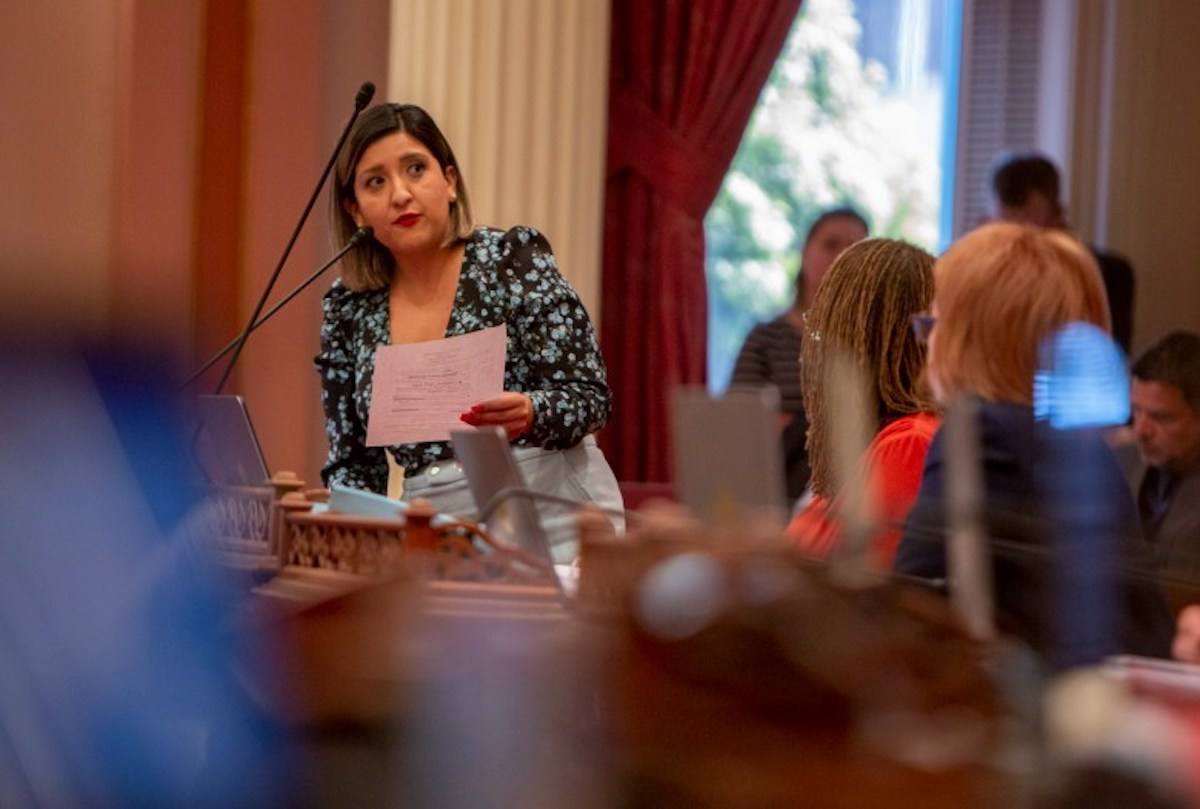
Senator Melissa Hurtado speaks in favor of SB200, a bill that would create a fund to help provide the state with clean drinking water, on July 8, 2019.
CalMatters
“Rural Californians of the Central Valley face inequities when it comes to water, energy, and health,” said Hurtado after a virtual conference call. Leaders from Avenal and Lamont also discussed their challenges with water scarcity, aging water infrastructure and funding needs.
Scott Taylor, general manager of the Lamont Public Utility District, said his Kern County community of 20,000 people, mostly Latino farmworkers, has seven wells. Five of them are contaminated with the cancer-causing carcinogen 123-trichloropropane (TCP), and one is nonfunctional. Taylor said he needs better infrastructure for his aging wells to serve the “severely disadvantaged residents” of Lamont.
State funding is available to improve drinking water infrastructure. The State Water Resources Control Board has up to $130 million to use each year until 2030 to “address funding gaps and provide solutions to water systems, especially those serving disadvantaged communities,” through the Safe and Affordable Funding for Equity and Resilience (SAFER) program, according to the board’s website.
“State partner agencies, like the State Water Resources Control Board, stand ready to assist local agencies and counties as they address these emergencies while also working towards long-term solutions for communities like Teviston through its existing assistance programs,” said Darrin Polhemus, deputy director of the Division of Drinking Water at the board, in an email statement to The Bee.
California’s drinking water crisis
“Local agencies and counties need to prepare now for how they will handle any future emergency response to an immediate drinking water crisis and what resources they will use to meet immediate needs while state resources can be brought online to support,” said Polhemus.
Galaviz and Taylor both said they encountered bureaucratic delays when working with the State Water Board. “The truth is that not only is the water not flowing, but neither is the funding,” said Taylor. “Especially for small agencies like mine, like the others, no funding is no water.”
In May, Gov. Gavin Newsom proposed $5.1 billion for drought preparedness, infrastructure, and response. $1.3 billion of this funding would be for drinking water and wastewater infrastructure, especially for small and low-income communities. According to Orellana, the governor’s proposed investments are “a huge step forward to addressing the more than $4 billion needed over the next five years alone to tackle failing and at-risk water systems across California.”
“We know how difficult it is in the Central Valley to be without water, to have to deal with 100-plus degrees, and many of these families also having to deal with power outages and swamp coolers.”
For rural Central Valley residents and water districts, the money can’t come soon enough.
“We know how difficult it is in the Central Valley to be without water, to have to deal with 100-plus degrees, and many of these families also having to deal with power outages and swamp coolers,” said Hurtado. “Sometimes it feels like we don’t get listened to; we don’t get heard.”
This article is part of The California Divide, a collaboration among newsrooms examining income inequity and economic survival in California.
This article was originally published by CalMatters.

